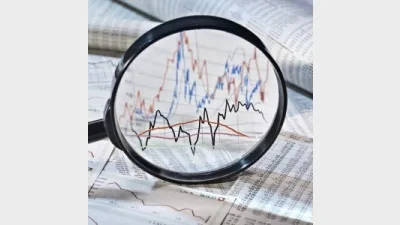Reassuring ETF role during market downturn



Exchange traded funds (ETFs) played a “crucial and important” role in the pandemic, according to Milliman, by providing stability and liquidity for investors in a volatile period.
Analysis by Milliman found the level of stability, price discovery and liquidity allowed ETFs to be a “pressure valve” in the pandemic period between 20 February and 23 March, 2020.
This countered concerns by critics that ETFs had exacerbated market movements during the period by rebalancing underlying assets from geared ETFs.
The report said: “There remains little doubt that ETFs performed as expected providing investors with a cost-effective vehicle to express their investment view during the crisis and the period saw a big growth in ETF users.
“While the trading cost did increase this was expected due to increased pricing/hedging risk and costs of creation/redemption. But the important point was that there was liquidity for investors to buy and sell on the exchange.”
Regarding flows, equity ETFs experienced inflows while those investing in Australian fixed income went in the opposite direction. This was an indication of a ‘risk-on’ investor sentiment with expectations for future gains in Australian equities.
Equity ETFs saw inflows of $361 million but only three out of 19 Australian fixed income ETFs saw net inflows and 7% of assets under management were lost by the redemptions in March 2020. Non-government bonds, which made up 45% of fixed income ETFs, suffered the largest outflows of $171.5 million.
Australian equity ETFs made up 31% of total ETF funds under management while Australian fixed income ones made up 10.2%.
While there were higher flows in the equity space, there were also increased costs.
“The cost of trading for all domestic equity ETFs, as measured by average daily bid-ask spreads increased during the initial COVID-19 drawdown,” the report said.
“This increase reflects the market risk during this period with fast-moving cash and futures markets positions are more difficult to hedge intraday and there is additional risk on real-time valuations.”
Recommended for you
LGT Wealth Management is maintaining a neutral stance on US equities going into 2026 as it is worried whether the hype around AI euphoria will continue.
Tyndall Asset Management is to close down the Tyndall brand and launch a newly-branded affiliate following a “material change” to its client base.
First Sentier has launched its second active ETF, offering advisers an ETF version of its Ex-20 Australian Share strategy.
BlackRock has revealed that its iShares bitcoin ETF suite has now become the firm’s most profitable product line following the launch of its Australian bitcoin ETF last month.












